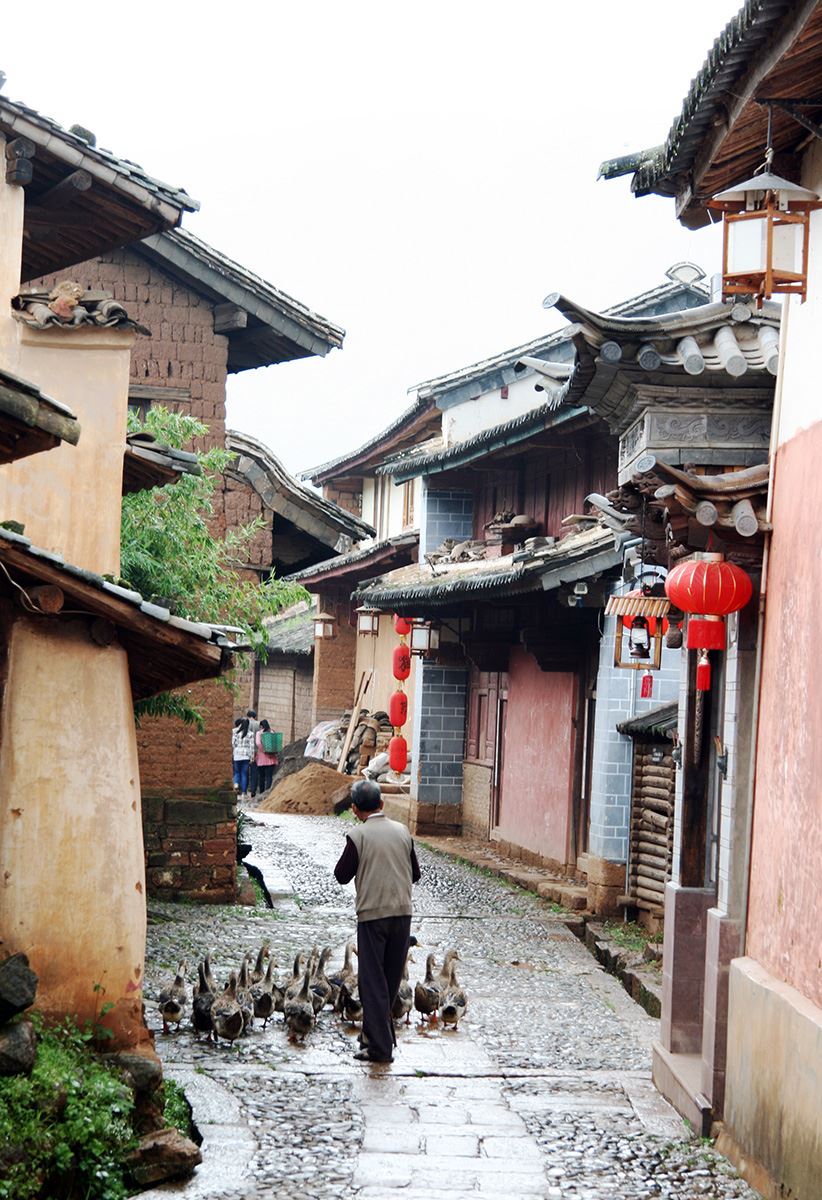
by Wei (Windy) Zhao
Everyone knows the Forbidden City and the Great Wall in China, but few have experienced the simple beauty and rich culture of rural China where time seems to freeze in the past. As Chen Zhihua argues, the most respected scholar studying Chinese vernacular settlements, “Chinese cultural history is incomplete without including vernacular cultural history. People cannot understand our nation without examining our vernacular culture.” Yunnan province is an exemplar of Chinese diverse vernacular traditions, because it is home to 25 of the 55 ethnic minority groups, each of which has its own architecture, art, language, clothing, and customs.
If you are interested in learning about the vernacular traditions of rural China and Chinese history and culture in general, please join a study-tour led by one of the VAF members, Wei (Windy) Zhao. Zhao is an Assistant Professor in Architecture at the Louisiana Tech University. The tour is organized through the Go-Learn program at the University of Utah, where she worked as a Postdoctoral Fellow and led two of such tours.
This is a 15-day adventure, covering modern, imperial and rural China. Instead of only focusing on historic monuments and museums in large cities like Beijing, Xi’an, or Shanghai, this tour will also take you to deep rural Yunnan Province in China, where distinct ethnic minority groups have preserved their cultural practices and cherish their own unique cultural traditions. During the journey, you will not only visit some great examples of imperial monument and modern architecture, but also experience the living rural China by staying at traditional courtyard houses that have been converted into boutique hotels, shopping at the historic market square, strolling along old vernacular houses, interacting with local ethnic minorities, participating in cultural events, and tasting delicious local cuisine. The highlights of the trip include, but not limited to, visiting eight World Heritage Sites during this trip from the Great Wall to well-preserved vernacular settlements, touring the oldest section of Beijing and see how regular people live their lives, visiting a remote Tibetan village inside a breathtakingly beautiful gorge, strolling through the best preserved market square along the Ancient Tea Horse Road, watching a theatrical performance by local ethic people in a natural setting, and tasting both the imperial cuisine and freshly prepared local dishes.
Comparing to commercial tours, this is an educational tour focusing on Chinese history, architecture and other aspects of culture; it has been meticulously prepared, the sites have been carefully selected, and in-depth onsite guidance has been arranged. After this trip, you will have a more profound understanding of Chinese history and culture based on your own personal experiences traveling across not only one of the largest and most developed cities in China − Beijing – but also the vast, beautiful and tranquil landscape of rural Yunnan Province.
For more information, including the daily itinerary, trip details, and cost, please visit https://continue.utah.edu/golearn/china19. Please note, the trip is only limited to a maximum of 14 participants in order to ensure quality.
submitted by Wei (Windy) Zhao, PhD. AIA., Assistant Professor
School of Design, Louisiana Tech University